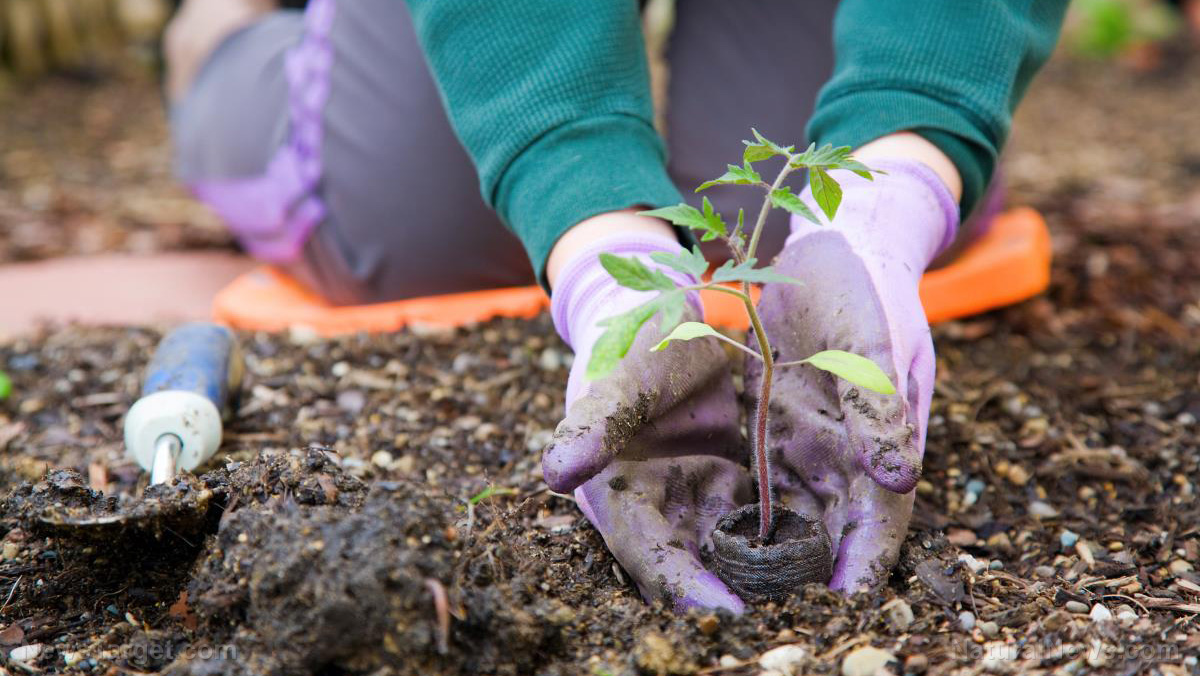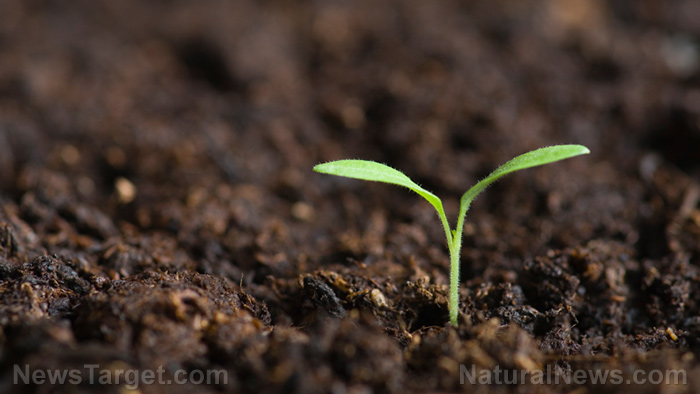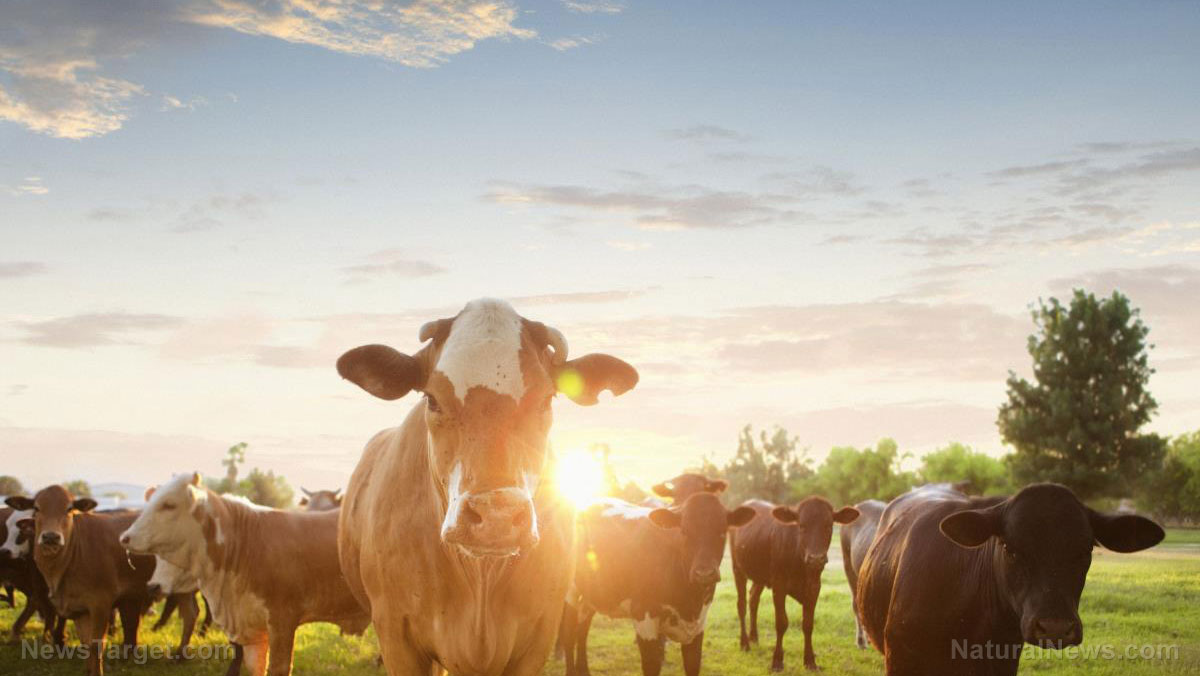
The researchers were supported by the Centro Universitário de Mineiros. They published their findings in the Australian Journal of Basic and Applied Sciences.
- The poultry industry generates a significant volume of litter. This includes feces produced by turkeys.
- Chicken manure has been used as organic fertilizer. However, there is little documentation about the use of turkey feces as manure.
- Using soybean plants, the experiment compared several means of fertilization: Natural potassium fertilizer, 400 kilograms per hectare (kg/ha) of 2-20-10 phosphate chemical fertilizer, 2,540 and 5,080 kg/ha of organic fertilizer in the form of turkey manure, and mixtures of 50 percent (200 kg/ha) chemical fertilizer plus either 50 or 100 percent (1,270 or 2,540 kg/ha) turkey manure.
- Turkey manure was shown to raise the amounts of phosphorus and potassium in the soil. These nutrients are important to ensure the healthy growth of plants.
- The mixture of 50 percent chemical fertilizer and 100 percent organic fertilizer delivered the best crop yield. In contrast, the control group (natural potassium fertilizer) achieved the lowest results.
The researchers concluded that turkey manure showed potential as an organic fertilizer. In addition to directly benefiting the soil and the plants by adding nutrients, it also decreases the amount of synthetic fertilizer required to boost the yield of crops.
View the full study at this link. If you want more articles about interesting approaches to organic fertilizing, drop by Harvest.news.
Journal Reference:
Ribeiro DO, Carballal MR, da Silva AJ, Leal AJF, Caetano JO, Rodrigues AA, Vital RG, Prado RLF, da Silva HD, Barbosa M, et al. ORGANIC FERTILIZATION IN SOY FARMING IN A TROPICAL REGION. Australian Journal of Basic and Applied Sciences. 2017;11(7):18–22.
Please contact us for more information.






















